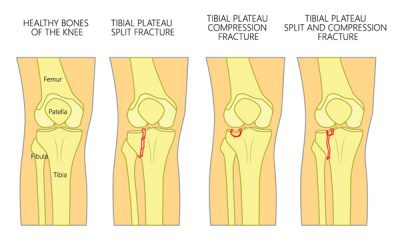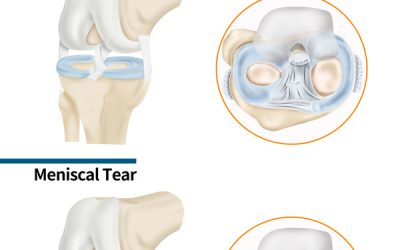Assessment
The entire Lower extremity biomechanical chain must be evaluated as per the neurological and mechanical influences of the pelvis, hip, and foot.
Clinical evaluation of the knee and patella alignment as well as visualizing the pattern of compensation presence on the lower extremity. Visualise the level of the Osgood Schlatter deformity and the presence of inflammation
X-ray analyses
Anterior – Posterior (AP) knee view is essential to evaluate the degree of misalignment involved in this deformity.
Lateral x-ray lateral view is important to properly visualize the rotational misalignments of the femur that could contribute to this deformity
Treatment protocol
Specific adjustments to the knee joint and to the Osgood Schlatter deformity
Functional taping is used in the beginning of the treatment to hold the tibial tuberosity down.
Stretching and strengthening of specific hip and knee muscle groups
Depending on the level of inflammation, low level laser and PEMF may be used to enhance bone healing.
Depending on the level of deformity and chronicity, minimum 6 weeks of care is advisable to resolve this condition.




